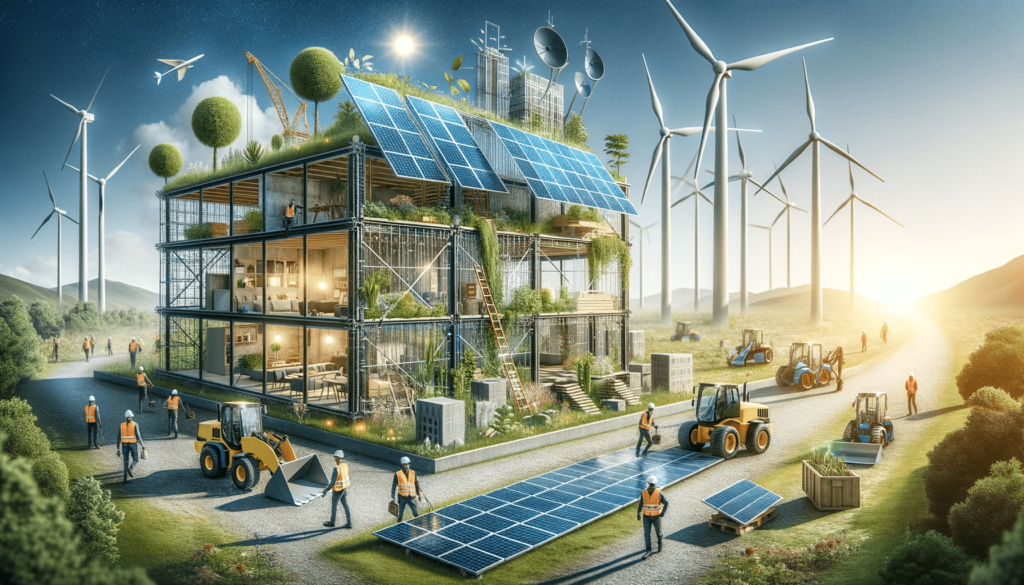The Future of Building: Top 5 Construction Innovations of 2023
The construction industry is constantly evolving and adapting to new challenges and opportunities. In this blog post, we will explore some of the most innovative and exciting developments that are shaping the future of building in 2023 and beyond.
1. 3D Printing

3D printing, also known as additive manufacturing, is the process of creating objects by depositing layers of material on top of each other. This technology has been used for various applications, such as prototyping, medical devices, and art. However, in recent years, 3D printing has also been applied to construction, allowing for faster, cheaper, and more customized building solutions. For example, in 2023, the world’s first 3D-printed hotel will open in Dubai, featuring 101 rooms and restaurants that are all printed on-site. 3D printing can also be used to create complex shapes and structures that are difficult or impossible to achieve with traditional methods, such as curved walls, domes, and arches.
2. Modular Construction
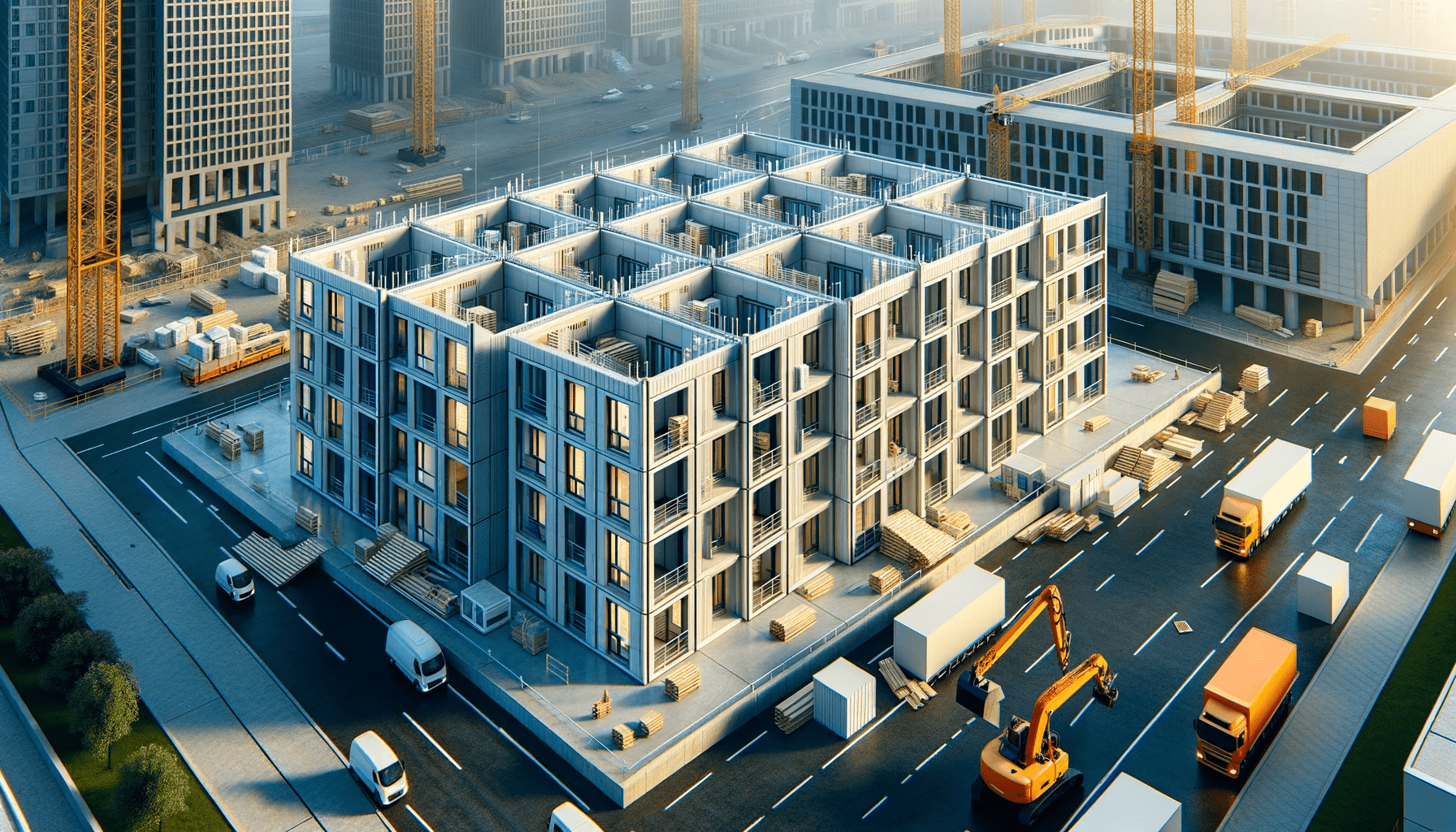
Modular construction is the method of building structures by assembling prefabricated modules that are manufactured off-site. This approach offers several benefits, such as reducing waste, improving quality control, and saving time and money. Modular construction can also be more flexible and adaptable to different site conditions and customer needs. For instance, in 2023, a modular skyscraper will be completed in London, consisting of 185 modules that can be rearranged or replaced according to the changing demands of the tenants. Modular construction can also be more sustainable and eco-friendlier, as the modules can be made from recycled materials and designed to minimize energy consumption.
3. Robotics
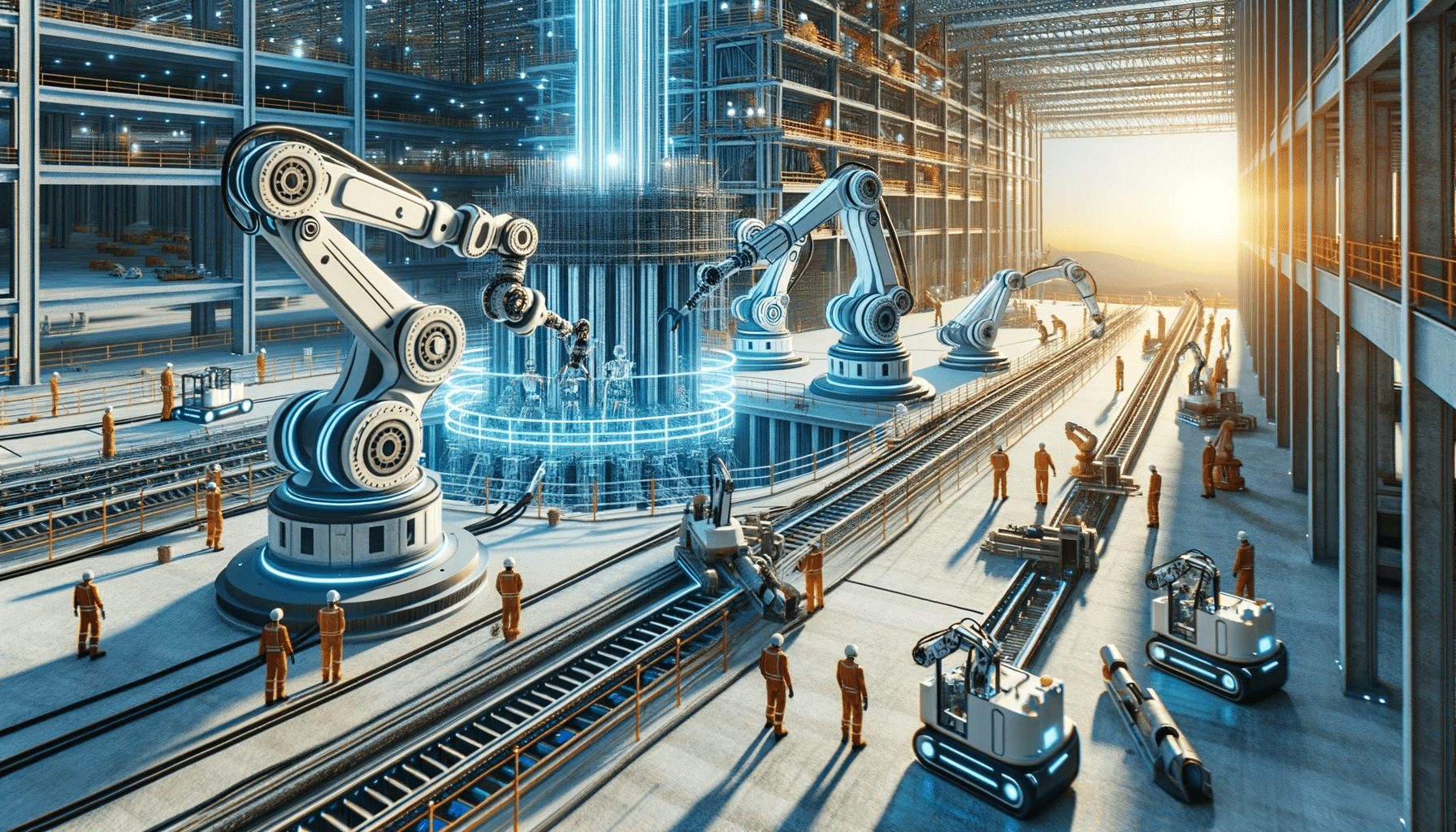
Robotics is the field of engineering that deals with the design, construction, operation, and application of robots. Robots can perform tasks that are dangerous, tedious, or impossible for humans, such as demolition, welding, painting, and inspection. In 2023, robotics will play a key role in the construction industry, enhancing productivity, safety, and efficiency. For example, in 2023, a robotic bricklayer will be able to lay up to 1,000 bricks per hour, compared to the average human bricklayer who can lay about 300 bricks per hour. Robotics can also be used to create new forms of architecture and design that are inspired by nature or art.
4. Augmented Reality
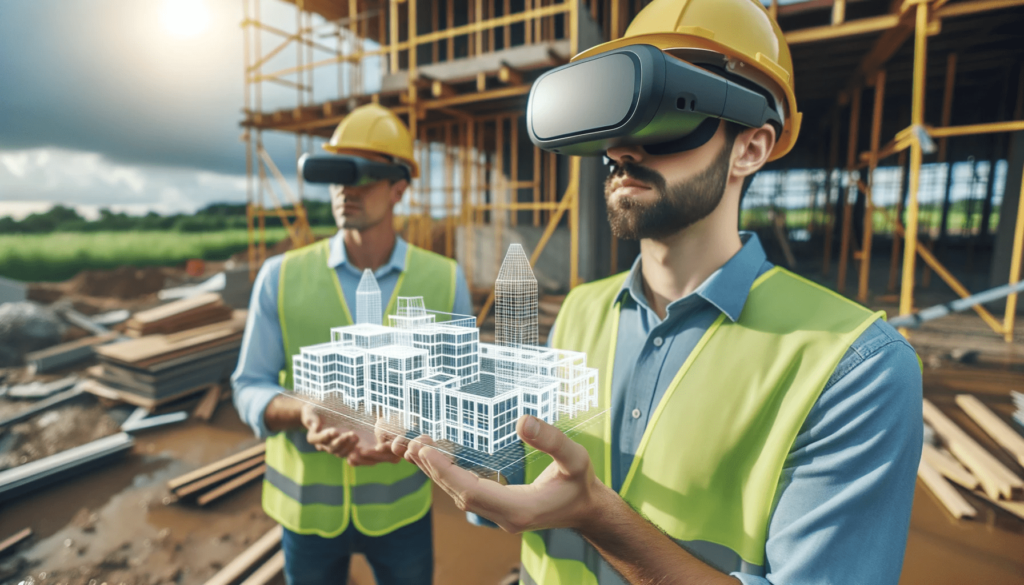
Augmented reality (AR) is the technology that overlays digital information or images onto the real world through a device such as a smartphone or a headset. AR can be used for various purposes in the construction industry, such as visualization, collaboration, training, and maintenance. For example, in 2023, an AR headset will enable architects and engineers to see their designs in 3D on the actual site before they are built. AR can also allow workers to access real-time data and instructions on their devices while performing their tasks. AR can also enhance the user experience and engagement of the buildings by adding interactive elements or features.
5. Smart Materials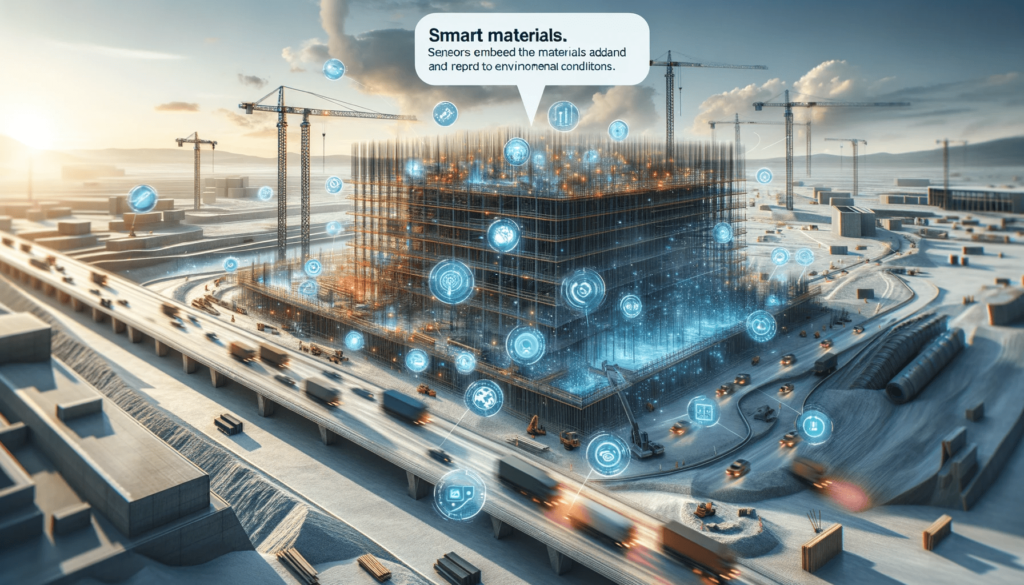
Smart materials are materials that can change their properties or behavior in response to external stimuli such as temperature, light, pressure, or electricity. Smart materials can offer various advantages for the construction industry, such as improving performance, durability, comfort, and aesthetics. For example, in 2023, a smart glass will be able to adjust its transparency or tint according to the weather or the user’s preference. Smart materials can also be used to create self-healing structures that can repair themselves when damaged or cracked.

